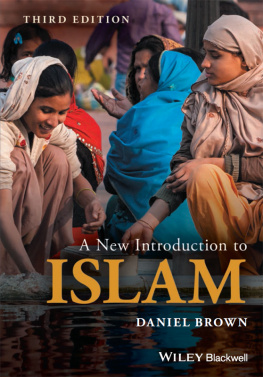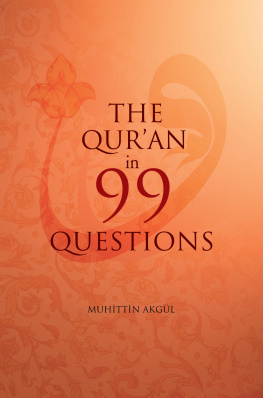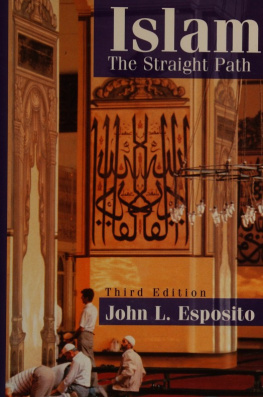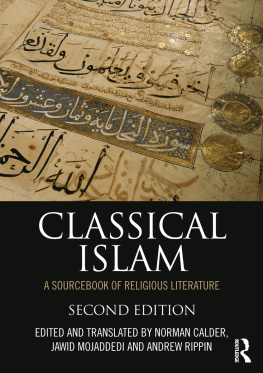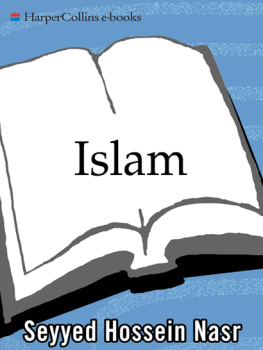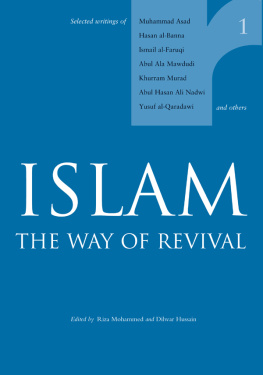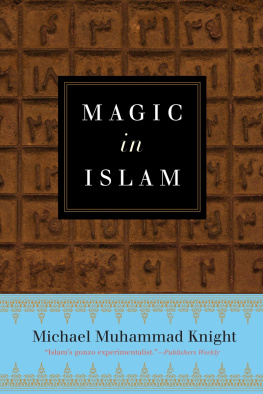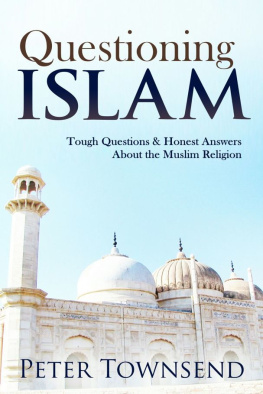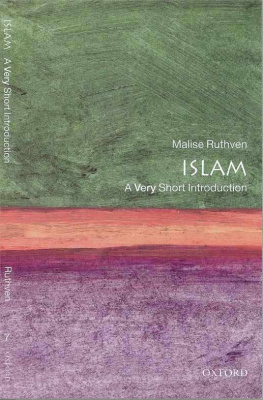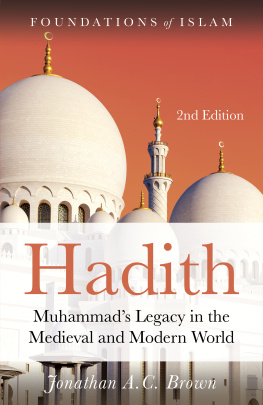
This edition first published 2017
2017 John Wiley & Sons, Ltd
All rights reserved. No part of this publication may be reproduced, stored in a retrieval system, or transmitted, in any form or by any means, electronic, mechanical, photocopying, recording or otherwise, except as permitted by law. Advice on how to obtain permision to reuse material from this title is available at http://www.wiley.com/go/permissions.
The right of Daniel W. Brown to be identified as the author of this work has been asserted in accordance with law.
Registered Offices
John Wiley & Sons, Inc., 111 River Street, Hoboken, NJ 07030, USA
John Wiley & Sons Ltd, The Atrium, Southern Gate, Chichester, West Sussex, PO19 8SQ, UK
Editorial Office
9600 Garsington Road, Oxford, OX4 2DQ, UK
For details of our global editorial offices, customer services, and more information about Wiley products visit us at www.wiley.com.
Wiley also publishes its books in a variety of electronic formats and by print-on-demand. Some content that appears in standard print versions of this book may not be available in other formats.
Limit of Liability/Disclaimer of Warranty
While the publisher and authors have used their best efforts in preparing this book, they make no representations or warranties with respect to the accuracy or completeness of the contents of this book and specifically disclaim any implied warranties of merchantability or fitness for a particular purpose. No warranty may be created or extended by sales representatives or written sales materials. The advice and strategies contained herein may not be suitable for your situation. You should consult with a professional where appropriate. Neither the publisher nor authors shall be liable for any loss of profit or any other commercial damages, including but not limited to special, incidental, consequential, or other damages.
Library of Congress Cataloging-in-Publication Data applied for.
ISBN 9781118953464 (Paperback)
Cover Image: Charles O. Cecil/Alamy Stock Photo
Preface to the Third Edition
This book straddles two traditions. The first, the Islamic tradition, is its obvious subject. Like any great human venture, the movement of ideas and people through history that we call Islam deserves serious attention from anyone who wants to understand the world in which we live. But there is also another tradition at play here, that is the tradition of scholarship aboutIslam that we call Islamic Studies. Islam is not just a great religion that gave rise to a great civilization; it is also the subject of a body of scholarship that has its own history, debates, heroes, and villains. This book aims to introduce Islam not just as a system of beliefs, but also as a field of study. Any serious introduction to a field of study should take into account the most significant ideas being debated in that field. This has not been the norm in the field of Islamic studies. Many of the most interesting debates in the field over the last thirty or so years have been slow to find their way into introductory texts. It is rare, for example, to find John Wansbrough's work on the Quran mentioned in a college textbook, even though his studies continue to exert enormous influence twenty-five years after their publication. Wansbrough's work is so technical that perhaps the omission can be excused, but what of Joseph Schacht or Ignaz Goldziher? Some of the questions these and other scholars raised are deeply controversial, calling into question the traditional story of Muhammad's life, how the Quran came into being, and the nature of early Islam. Yet no student, Muslim or not, should come away from an introductory course in Islam without knowing these names and understanding something of the challenges they have posed to traditional understandings of Islamic origins. To ignore them is like teaching a college-level New Testament course without mentioning Rudolph Bultmann or discussing form criticism. Consequently, my aim here is to introduce students to critical questions in the field in an original and lively way.
In the third edition two areas, one at each end of the historical timeline of the book, required significant revision. First, scholarship on Islamic origins the life of Muhammad, the Quran, and the hadith literature has proliferated rapidly since the book was first written. Consequently chapters on the Quran and the hadith literature needed to be thoroughly rewritten. Some speculative questions posed by revisionist scholars that still seemed open at the time I first wrote have been put to rest, while new questions have arisen. In the case of the Quran renewed and fruitful attention is being paid to the importance of the Syriac context. New manuscript evidence has also come into play, and this in turn has fed into scholarship on textual variants and the early history of the text. In the field of hadith studies, scholars who build on the pioneering work of Juynboll and Motzki have been slowly and painstakingly increasing our confidence that at least some hadith reports can be traced to the first generations of Muslims.
Next page
